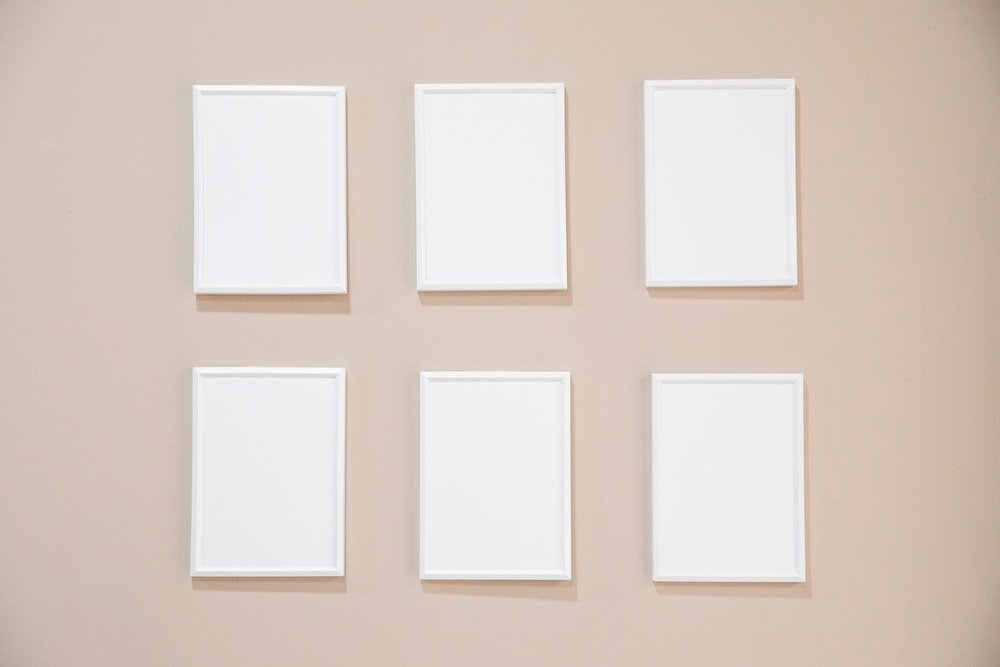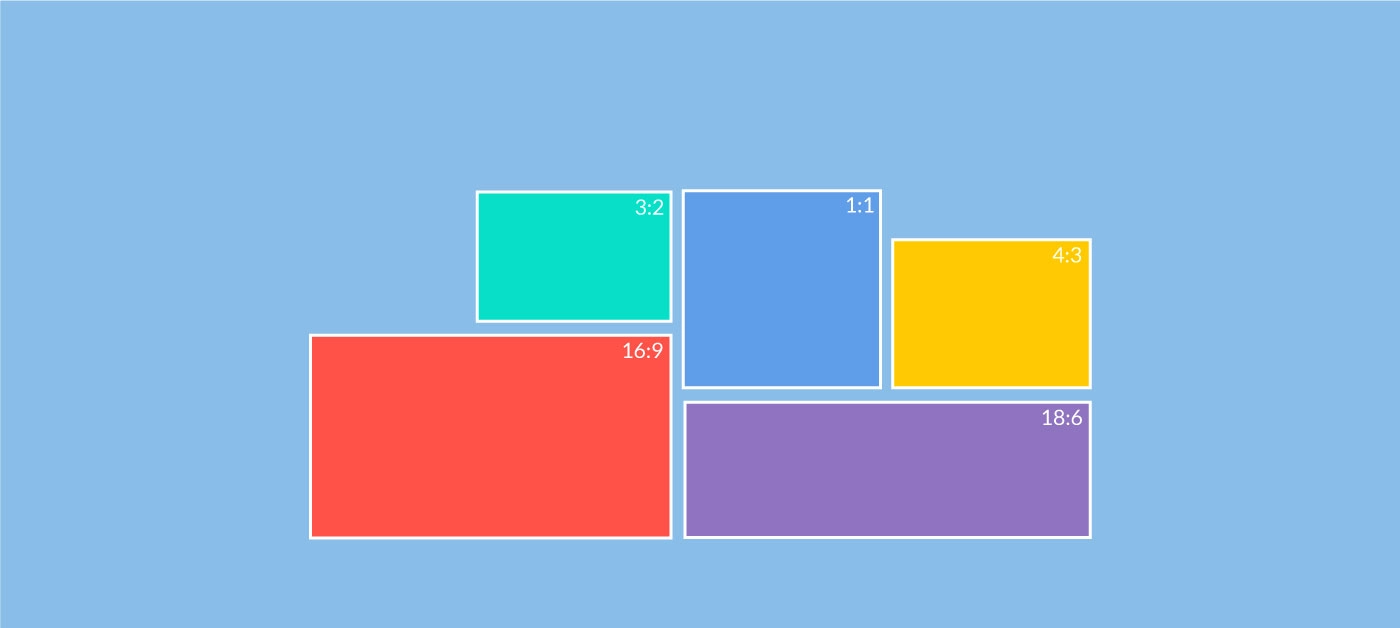Common Aspect Ratios and Photo Sizes in Photography

The whole efforts that we put into photography are intended to help us obtain the best image. Whether you call it a frozen moment, etc. an image is nothing more than a digital visual representation of a real-world scenario.
Understanding several aspects of the image is among the most basic knowledge for a photographer. This article is going to be about some basic features of an image i.e. common aspect ratios, image size, image resolution, etc. Let us start talking about the aspect ratio first.
What is an aspect ratio?
It is one of the most important elements of photography. The majority of people have a broad idea of it but they don't fully understand it. In simple terms, an aspect ratio is a ratio of the width and height of the image.
Understanding it becomes so important because it determines the way you are going to compose the image. Apart from that, the exact size of your image is also dependent on the aspect ratio.
It is the size of your camera’s sensor that decides the aspect ratio of images you capture using it. Suppose the sensor of your camera is 24 mm high and 36 mm wide, the aspect ratio would be 3:2.
In earlier days, photographers were not specific about aspect ratio. This was mainly because of technical limitations. Different photographers went with several choices in terms of aspect ratio back then. Now the modern cameras feature multiple aspect ratios to help photographers with varying needs.
Understanding the need for specific aspect ratios
You must stick with suitable aspect ratios if you want perfect images for different purposes. You will never be able to use the full portion of the image if you don’t set the aspect ratio beforehand.
If you have shot a photo with an aspect ratio of 3:2, printing it in the following sizes is possible i.e. 10X15, 4X6, 8X12. If your demands differ from these, you have to go for other options.
Here is a list of the most commonly used aspect ratios
Let us have a quick look at the most commonly used aspect ratios of this time. This understanding will help you tremendously in choosing the right option.
3:2
Since the majority of full-frame cameras come with 35mm film these days, they all conform to a 3:2 aspect ratio. This aspect ratio is common in some small cameras as well that don’t fall under the category of full-frame DSLRs. By small cameras, we mean the ones with APS-C crop sensors.
1:1
Photographers used this aspect ratio in older times when cameras were not very advanced. This ratio was almost lost but Instagram revived it. Just after the adoption of this square aspect ratio by Instagram, 1:1 became quite a common thing. Few of the medium format cameras still use a 1:1 aspect ratio.
16:9
This one is very important if you want to capture wide images. Its ability to contain such a width has made it popularly known as panoramic. In short, this aspect ratio is able to capture the wider areas as compared to others.
Such a quality makes this format highly recommended for landscape photography and cinematic photographers. The 4:3 aspect ratio was very popular for shooting cinematic videos in earlier days but 16:9 eliminated the 4:3 aspect ratio for some time.
4:3
Talking of the present situation, the 4:3 aspect ratio is the most commonly used for online shooting cinematic videos. It is also the most common aspect ratio right now. The way it allows photographers to get intimate shots of the subject is what makes it the best.

Aspect ratios in photography (Source)
This is how you choose the best aspect ratio
Choosing the best aspect ratio depends on your camera and the purpose behind shooting the photo. Photos that you have to upload on Instagram should be shot in 1:1 while the regular shots can be carried on with a 3:2 or 4:3 aspect ratio.
On the other hand, 16:9 is an ideal option for landscape photography. In case you are very precise about the quality of the image, make sure you use the aspect ratio based on the size of your sensor. Whenever the aspect ratio exceeds that size, the quality of the image will degrade.
The best solution, in this case, is to go for a full-frame camera. These cameras come with advanced HD sensors. As a result of that, you can retain the quality of the image even after cropping it.
Full-frame mirrorless cameras are now abundant in the market. Choosing one of them will give you a seamless experience because of their compact size.
The right way to adjust/use aspect ratio in your camera
There are two ways of adjusting aspect ratio in photography i.e. adjusting it in the camera and doing it through software. We are going to talk a bit about both of them. Here is how you do it in-camera.
This process differs for different camera brands. If you are using a Sony full-frame mirrorless camera, follow these steps.
- Go to the Shooting Menu.
- Once in this menu, you will see a sub-menu named Aspect Ratio. Click on it and you will be able to choose one from many options.
Earlier versions of this series had only two options i.e. 3:2, and 16:9. The later versions now come with several other options.
You will be able to do it differently on Canon DSLR and mirrorless cameras. This is how you do it.
- Navigate to the Shooting Menu.
- There is an option named Crop/Aspect ratio here. Click on it and you can pick an aspect ratio from the options available.
Nikon cameras have a bit different functionality when it comes to choosing an aspect ratio and the steps are as follows.
- Press the Menu button and go to the Photo Shooting Menu.
- In the Photo Shooting Menu, click on the Choose image area. This is the term Nikon used instead of aspect ratio.
There are plenty of options when it comes to adjusting aspect ratios through software. Whether you are using Lightroom or any other software of that class, you can easily set the desired aspect ratio and the image will be transformed accordingly. Doing it is not possible without post-processing software and this feature is not available in every software.
We have talked enough about common aspect ratios or aspect ratio, in general. It is time to give you some idea about image size and other related concepts.
What is meant by the size of an image/photo?
The size is generally a representation of the physical size and resolution of the image. The unit for measuring the size of an image is in pixels. The resolution of an image captured from a 10 MP camera would be 3872 X 2592.
The greater the value of pixels the better will be the resolution of the image. Resolution is nothing but the total number of pixels present in an image. The width and height of the image are the identifying factors when it comes to calculating the resolution i.e. the number of pixels present in the image.
Several people get confused between the terms image size and file size. The file size is a completely different thing. It refers to the amount of space that the image file will occupy in the memory device.
Photographers! Earn a $200 Sign up Bonus... |
|---|
Interested? Sign-up here(more details) |
Final thoughts
We hope this article helped you know about the common aspect ratios and some other fundamentals. Knowing the basics has its benefits at every point of your career.
Your technical knowledge along with professional skills is the perfect combination to boost growth.
About the Author
Emma Taylor is an Australian blogger and photographer, who lives in Melbourne with her two cats, where she frequents live theatre and wine bars.


